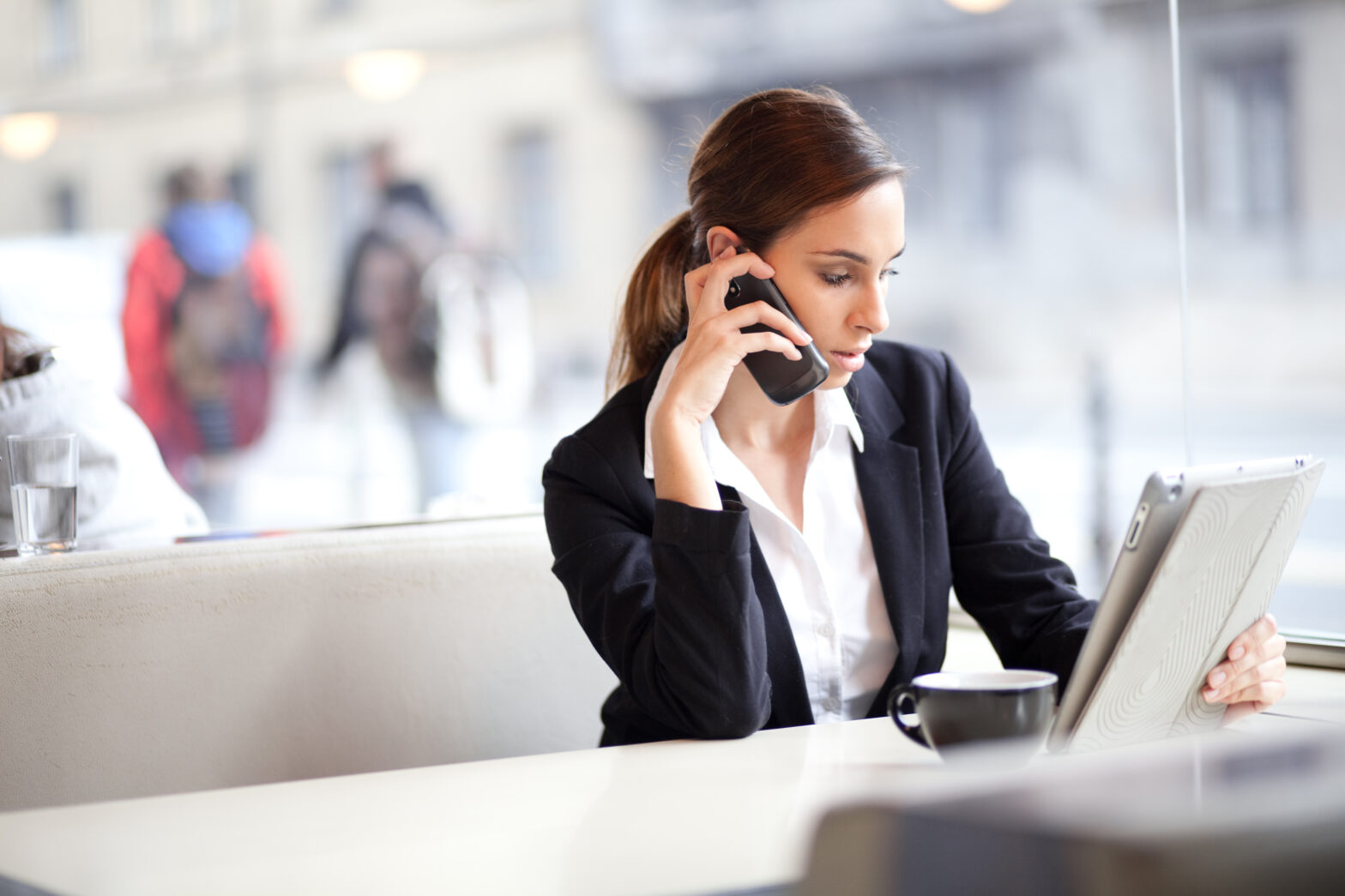Coffee culture is something that seems embedded in all workforces now: but by encouraging it on site rather than external coffee houses can you create a profit stream while capturing more of the best ideas?
Now more than ever, employees are routinely opting for a cappuccino, latte or espresso from their local coffee shop on the high street rather than making themselves a drink in the workplace. Data from The Office Coffee Company recently showed that almost half (47%) of the workforce opt to leave the office, prompted in part by the fact that only one in three offices provide a kettle for staff to make their own drinks.
Today, there is an increasing preference for more sophisticated hot drinks. Many are prepared to pay anything up to five pounds to have a drink of their choice, so for businesses that only offer simple tea and coffee solutions, an opportunity to cash-in on an additional revenue stream is being missed.
Coupled with statistics from the Business Database that suggests businesses lose £300 per person per year on the cost of refreshments and time spent making a brew, it makes sense for businesses to start thinking, if they haven’t already, on how they can start generating income.
For many small to medium-sized businesses, simply getting rid of a free tea and coffee service just isn’t feasible. However, when it comes to alternative tea and coffee types, where employees are opting to leave the office, incorporating drinks machines is one way in which you can start to encourage spend in the workplace.
Drinks machines, where you can purchase anything from a latte to a hot chocolate for a fixed price, are improving all the time – not only in the types of drinks available but also the quality of taste.
In order to increase the appeal of a drinks machine, a few things should be considered:
- Pitching the right price point – Businesses must price their drinks lower than high street alternatives but with enough margin to make a profit.
- Location – Knowing where to place drinks machines within the business will ensure that they are recognised. Areas of high staff concentration will also encourage more purchases.
- Convenience – The process of making a drink should not be overcomplicated. Ensuring there are enough drinks machines to accommodate the number of staff on-site is a necessity to avoid long queues or stock shortages.
Of course it’s not just the drink itself that encourages people out of the office and on to the high street. Coffee houses are increasingly becoming business hubs, as well as time-out settings for those on their lunch breaks. Businesses should therefore be considering how they can compete with this culture and encourage colleagues to stay and spend their money with them, within work premises.
For larger businesses this is achievable by widening the offering to include food as part of an in-house cafeteria. Within this kind of set-up, especially if it is self-service, businesses can encourage employees to stay on-site and consequently generate income without having to pay out hugely for catering costs.
There are other options to explore too. For businesses that operate in buildings alongside other companies, joining forces with others to provide a dining solution that caters to the entire workforce can be cost-effective and beneficial to all.
>Related: Growing your company culture from day one
In instances where a cafeteria isn’t possible, businesses can offer confectionery alongside drinks, perhaps in a separate break-out area where employees can supplement their lunch, for example with a packet of crisps or a piece of fruit.
The final thing to consider is analysing what and with whom your employees choose to spend money. Understanding their preferences for brands in particular could inform a possible brand partnership, where businesses can take advantage of food and beverages at wholesale prices and make a cut from the profit. This option can often relieve businesses of management and time pressures, while also giving added appeal to employees who favour, and would ordinarily spend money with, that brand anyway.
Whatever the option, introducing paid-for beverages into business is feasible for most. Whether it is simply installing a drinks machine or exploring options to offer more, businesses can start turning the habitual tea round into a money-making venture.
Nigel Crunden is a business specialist at Office Depot
Further reading: Using adversity to drive innovation






